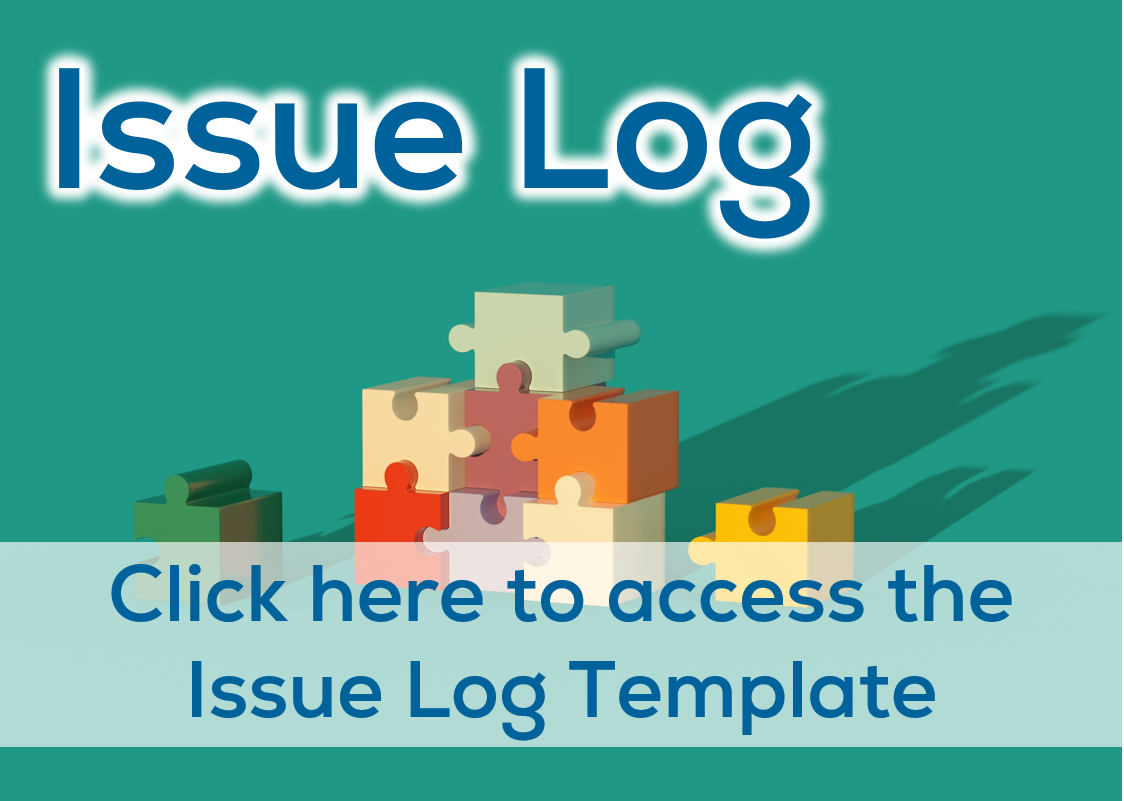Dealing with Issues
“A current condition or situation that may have an impact on the project objectives.” PMBOK Guide® Use this log to record and monitor information on active issues.
You are responsible for tracking problems, inconsistencies, or conflicts and conducting investigations towards a resolution. As issues arise, promptly add them to the issue log. Assign an owner to each issue. The owner is responsible for tracking the progress of the workaround and reporting to the team. Give realistic due dates and make every reasonable attempt to meet it. Issues should be a regular topic of every status meeting. Limit the number of open issues to a manageable number. And Don’t hesitate to escalate an issue to the project sponsor or appropriate stakeholder if it exceeds your threshold and/or begins to have a major effect on the project. An Issues Log is used to record and monitor information on active issues. Issues are assigned to a responsible party for follow up and resolution.
Guidelines to Resolving Issues
- Use your organization’s Issue Log template, or in the absence of one, create an Issue Log.
- Train project team members to promptly report potential issues to the project manager, who will determine if they belong in the Issue Log.
- Enter the issue into the Issue Log and assign an owner and a due date.
- Monitor progress and discuss each open issue at every project status meeting.
- Develop a response (also known as a workaround) to the issue.
- Assess the impact of the response.
- Approve the response.
- Close the issue.
We provide helpful templates in most of our courses, and this is one of the most popular. Click here to download your own copy of the Issue Log template. Come back often to see other templates to help your projects thrive!
